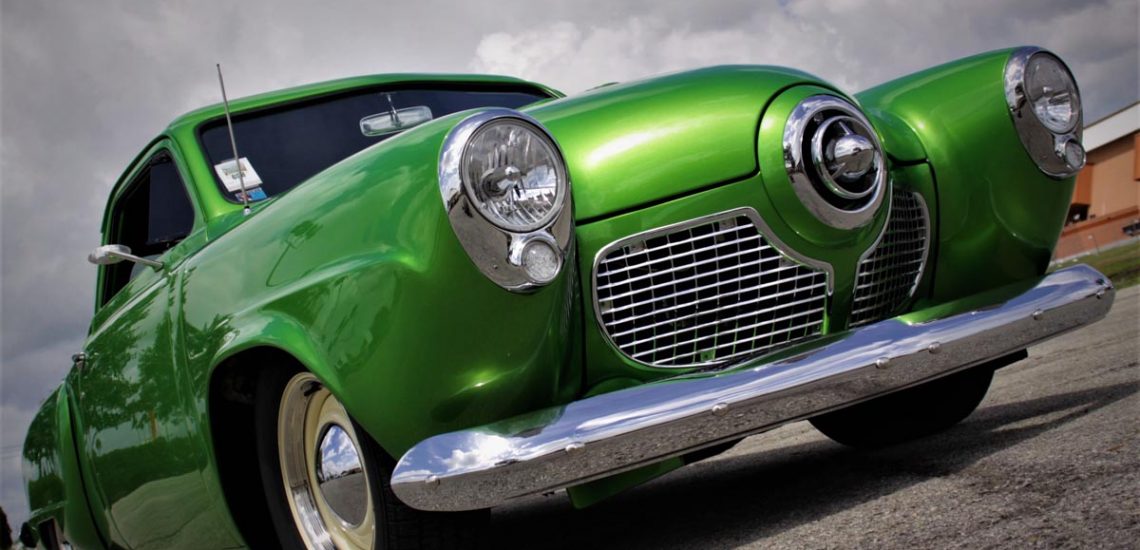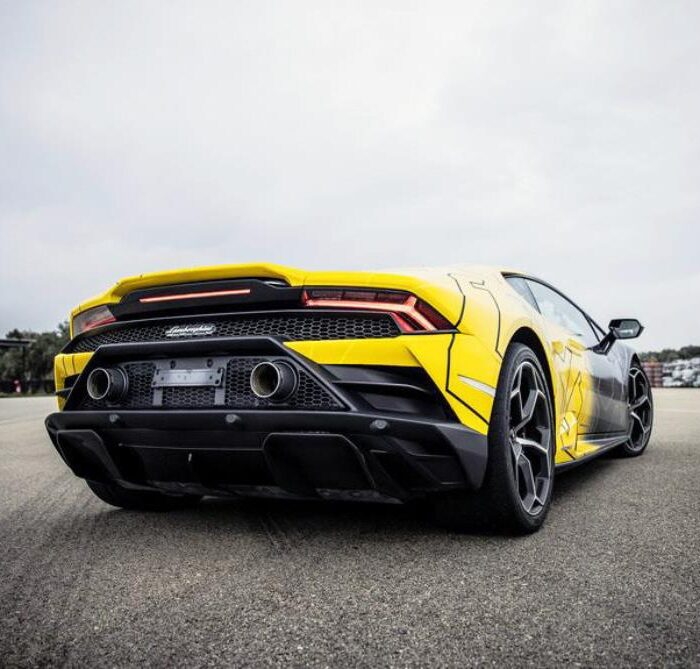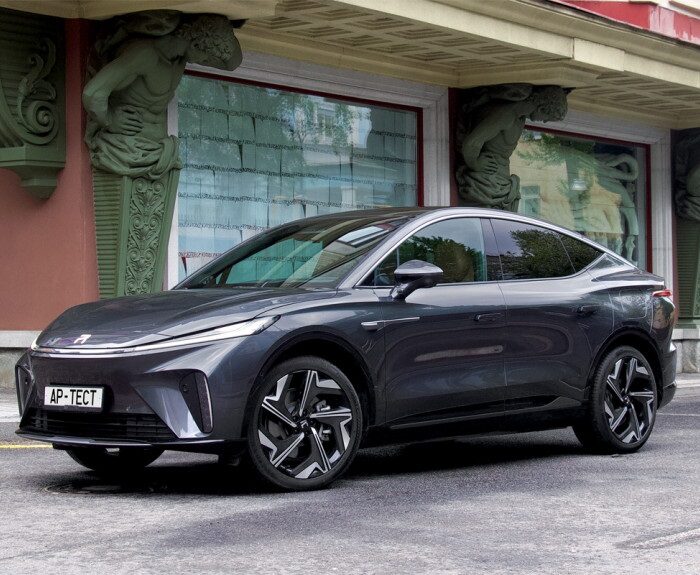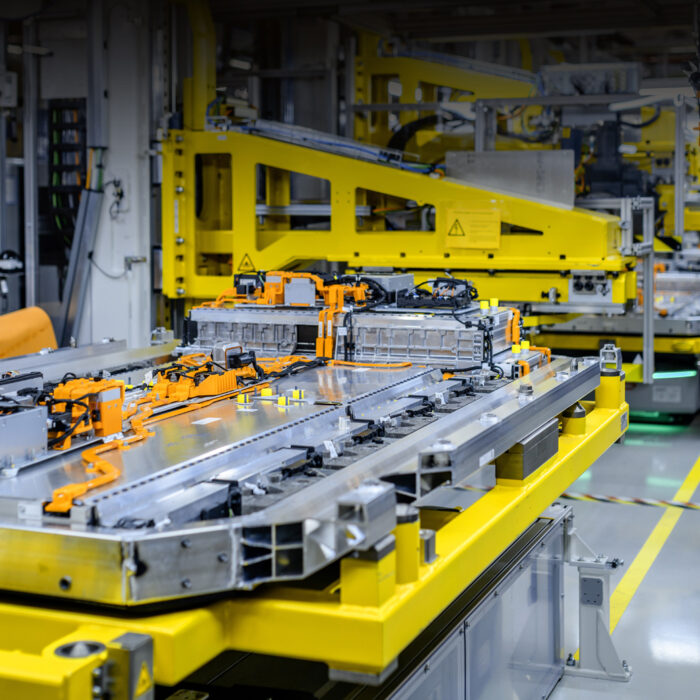The legendary truck was produced only for four years, from 1941 to 1945. But how many wonderful pages were written in military history with its wheels! Today we will tell you about appearance of the Studebaker US6 and its role in the victory of the anti-Hitler coalition in the Second World War.
How did “Studebaker” get its name?
Like many auto brands, Studebaker got its famous name after its creator. In 1736, a family from Germany emigrated to America, wishing to find new opportunities in the new place. They were one of the first settlers with Dutch origins. At the end of the XVIII century, John Clement Studebaker was born – he became the founder of the new generation. In the family he created, ten children were born – five boys and five girls.
It all began with the fact that in Pennsylvania, in the town of Conestoga, the first carriage company was founded as a family business in 1798. With the help of numerous relatives, huge wagons were produced, characterized by strength, durability and volume. It is these waggons that became the means of moving for many American families who developed new lands and moved long distances. In fact, these waggons became the prototype of wheelhouses – modern camper vans.
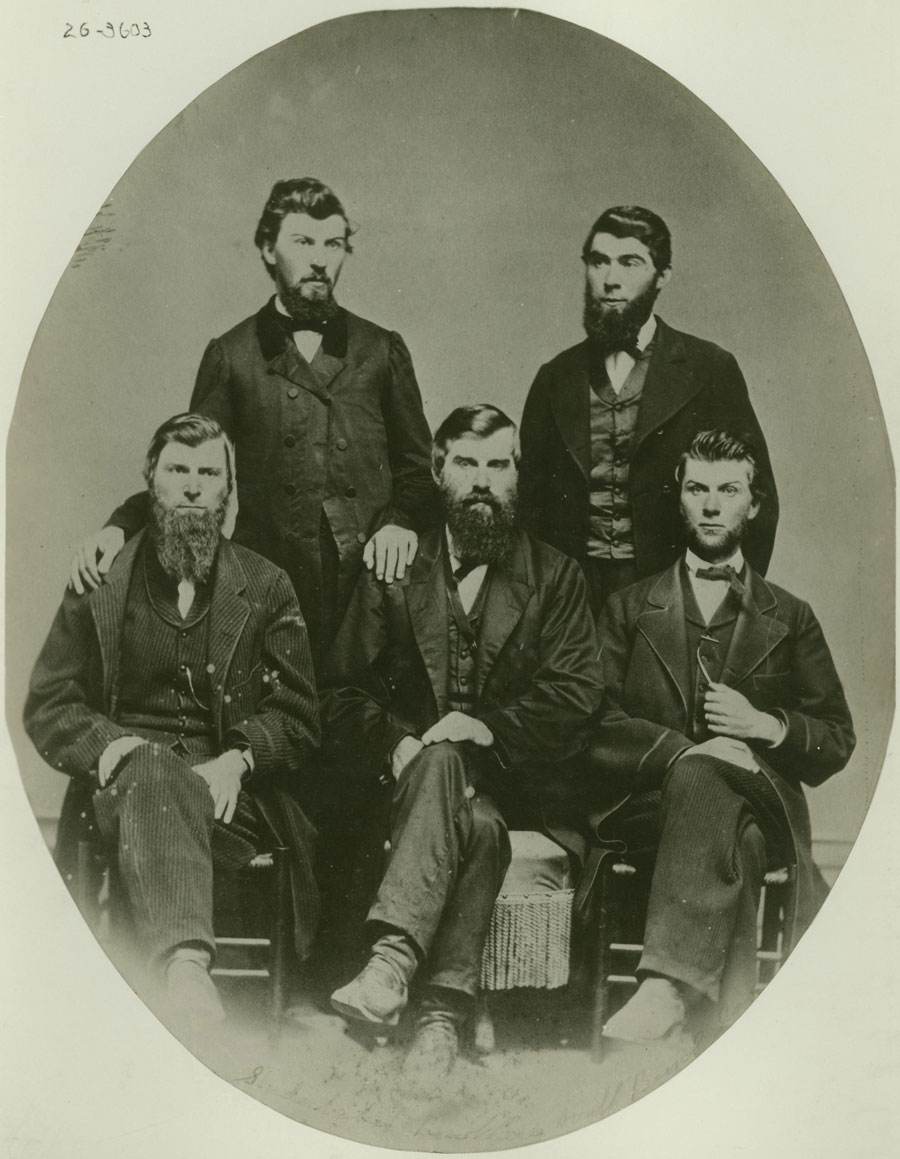
In 70 years, already grown up sons of John Clement founded the first automobile factory-workshop. The place of wagons production became the city of South Bend, where as early as in 1852 a small company with a registered capital of $68 appeared. With aspirations of the elder Henry and Clement Studebaker, and later the rest of the brothers, strong four-wheeled wagons, harnessed by horses, began to be produced. However, in parallel, there was the development of an electric motor, capable of making a wagon move itself (as they said, a motor wagon).
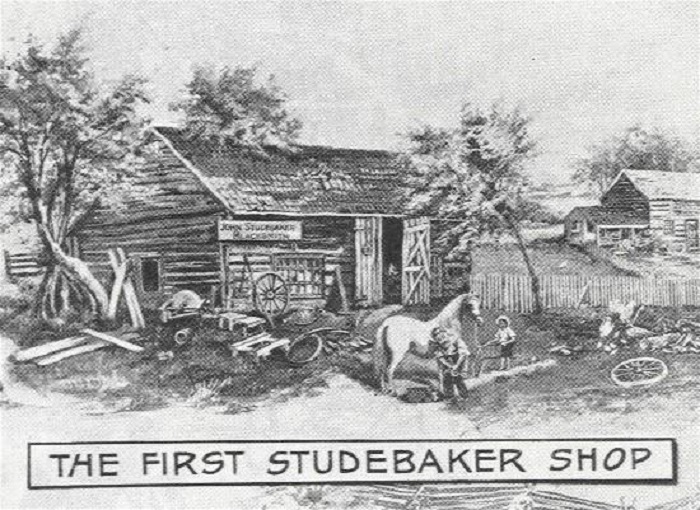
The beginning of the car brand
In 1902, the efforts of the Studebaker family were embodied in the first electric vehicle, while the design of electrical equipment was handled by Thomas Edison himself. However, the electric drive was much ahead of its time at that moment, and the brothers’ attention turned to gasoline traction. Studebaker was provided with gasoline engines by the car manufacturing company Garford, which in 1903, with a joint effort, produced the 8-power “Studebaker-Garford-A” with a two-cylinder engine.
In 1904, newly-minted automakers managed to create a branded four-power motor, and then a car with an internal combustion engine appeared: a two-cylinder 16-hp grand tourer car. However, this car didn’t bring much success to the Studebaker family. That time, everyone moved towards motor wagons, and not everyone could stand out in this crowd.
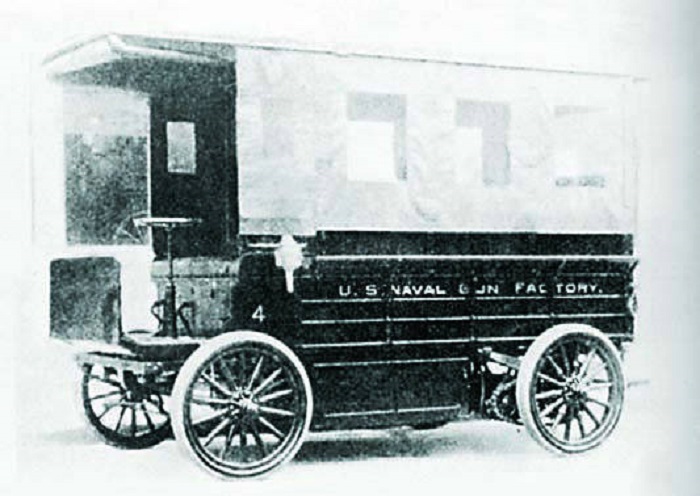
In 1910, EMF and Studebaker established a joint venture Studebaker Corporation for cars production, some of which were supplied to Garford.
The production of Studebaker Corporation was limited to the EMF 30, the Flanders 20, the Studebaker-Garford 40.
Own production
The exclusive authorship of the Studebaker brand belonged to the cheapest car in the US in 1912-1913, model of their own design with four-cylinder (series AA and SA) and six-cylinder engines (series E). The AA series was produced with 35-horsepower motors and exported to Europe (the first). It was inexpensive (from 850 to 1200 dollars), right-handed and quickly gained popularity.
In just two years (1912-1913) the firm produced about 10 thousand cars with three body types – a sedan, a phaeton and a coupe. The flourishing of the Studebaker brand began. Although the concern couldn’t become the largest automaker – Ford and Overland were ahead.
1914 became a turning point from manual one-off assembly to standardized series production. A four-cylinder version of the SC, first, with 25 horsepower, and then with 44, began to be produced and actively developed. Unlike the basic AA model, its fuel tank was moved to a safer place – under the driver’s seat, and to increase exports, the steering wheel was moved from the right side to the left. The design became simpler. The Studebaker SD was produced for six years, until 1919.
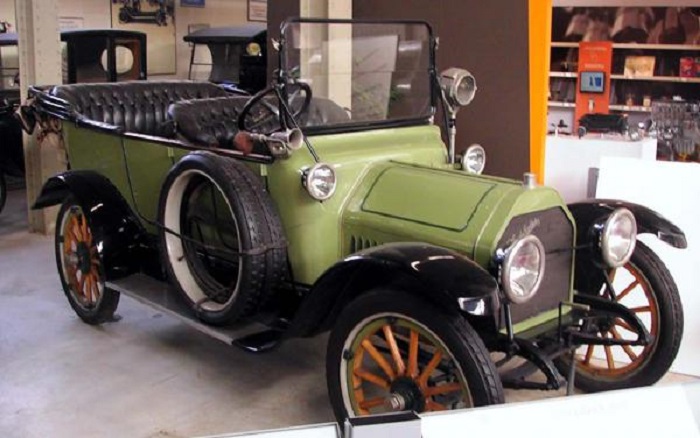
Then the turn of the six-cylinder Studebaker came, and the latter ones were given names like “Big Six”, “Special Six”, “Light Six”, “Standard Six”. In 1925, about 107,000 such cars were produced.
In 1927, a new model range appeared, where traditional technical names were replaced by more presentable ones, such as “President”, “Commander” and “Dictator”. Then the inexpensive Studebaker Erskine was produced.
The next, 1928, was marked by the acquisition of the Pierce-Arrow luxury cars by the New York manufacturer and the creation of the eight-cylinder engine. The latter began to be installed on the representative class President car. Initially, the six-cylinder Dictator and Commander also went into the category of eight-cylinder in a year. The Dictator was produced by Studebaker in 1925-1937, and the Commander in 1927-1952.
1929 was the most successful in the Studebaker brand’s history.
The Great Depression came, luxury cars weren’t in demand, expensive models gathered dust in the company’s warehouses, and this coupled with the short-sighted policies of President Erskine almost brought Studebaker to bankruptcy. Almost all of the production was sold for debts, including the Pierce-Arrow; the representative President car’s production was stopped. But in exchange they created two new budget six-cylinders, which to some extent stabilized the production, and position of the concern became stable, though not immediately, only by 1935. This was the result of the fantastic efforts of Studebaker leaders Paul Hoffman and Harold Vance.
Already in 1939, about 100 thousand “Champion” cars with six cylinders were sold. This model was produced until 1952 inclusive.
In addition, the design of the Land Cruiser’s bodies was changed. Don’t confuse it with the Japanese SUV, because it was Studebaker that first introduced the brand names Land Cruiser and Cruiser.
Studebaker trucks
The market of commercial trucks for a long time remained outside the sphere of Studebaker’s interest. Nevertheless, in 1936, a model, in which the cabin was located above the engine, was presented, and the next year – the Coupe-Express pickup with round sides. The trucks were reliable and indestructible, which made them in demand all over the world.
The company produced the cargo segment Studebakers for 18 years – until 1964. Individual components, for example, cargo chassis for fire trucks and buses, were also produced.
A separate story and the topic of another article is a military equipment.
Studebaker’s sunset
The automobile company Studebaker began to approach to its sad end already in the post-war period. Although in 1946 a new car, which was sold as the Champion, the Commander or the Land Cruiser, was offered, and in 1950 the Studebaker Commander Starlight Coupe was released to the market. Three years later, a low model of the Champion or the Commander range was produced, which also had sports Starlight and Starliner versions with coupé-hard-top bodies. In 1955, the company Studebaker once again introduced the pre-war name “President” in the version of the highest class model Champion and Commander. A three-color version, known as the President Speedster, was released. This car led to the appearance of the Golden Hawk car in 1956 and in 1962 – the GT Hawk, that became the latest models of the Studebaker company. Also in 1962, the Avanti was launched into production. The model had an attractive body made of fiberglass and offered a large selection of V8 engines. There was even a version with two turbochargers “Pekstoi”, the engine of which developed capacity of more than 330 horsepower.
However, sales were constantly falling. Studebaker couldn’t sell even 30 thousand cars a year. By 1966, the results of the company’s work were deplorable, and on March 17 of the same year the final decision was made to close the company. The last car that left the factory that day is stored in a collection dedicated to Studebaker’s history.
However, formally the company still exists, producing a small amount of kitchen equipment, power generators and tractors.

The company’s daughter, “Avanti Motor Corp”, produces about 150 remake cars of the Avanti brand upon request.
Despite everything, the car brand Studebaker has already wrote itself into the history of motor transport, in gold letters. As for the present time, you can drive any car only if you have a driving license that corresponds to the international model. It is quite easy to issue such a driver’s license – it’s done right on our website.

Published November 19, 2018 • 9m to read

